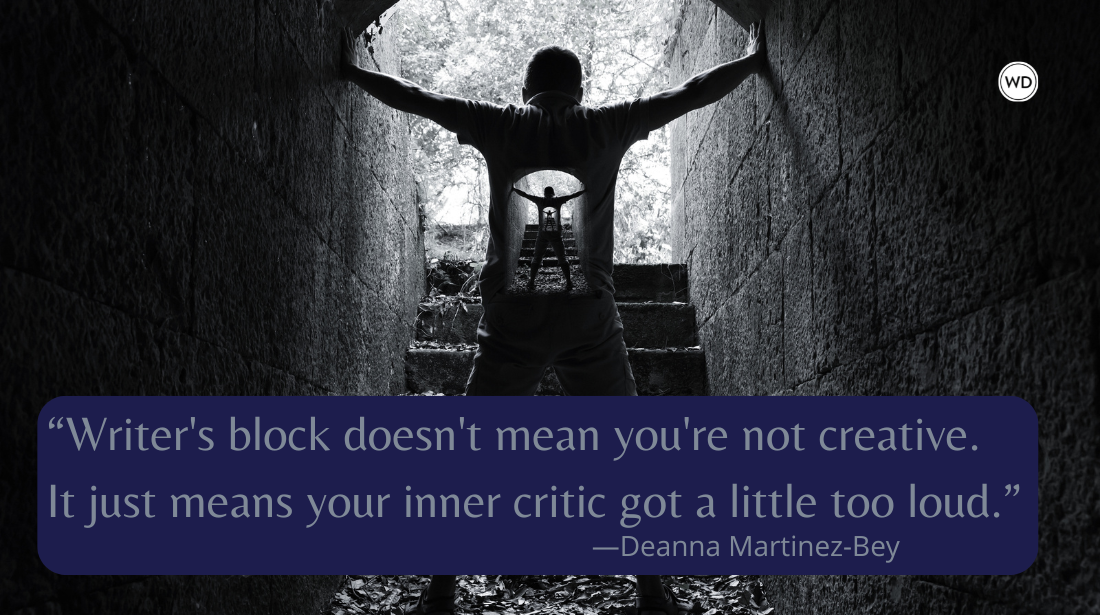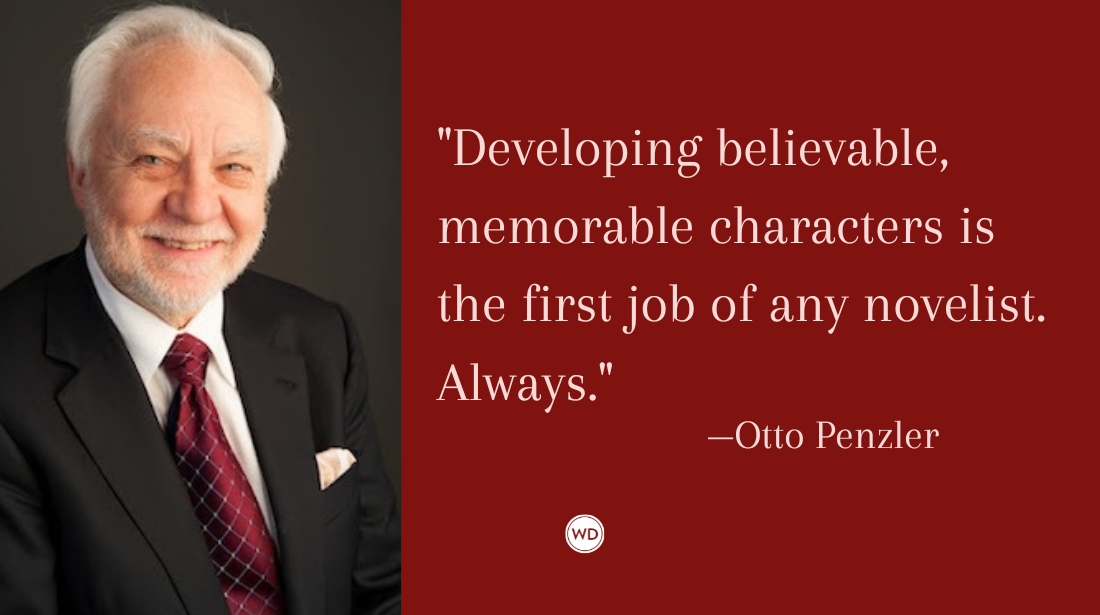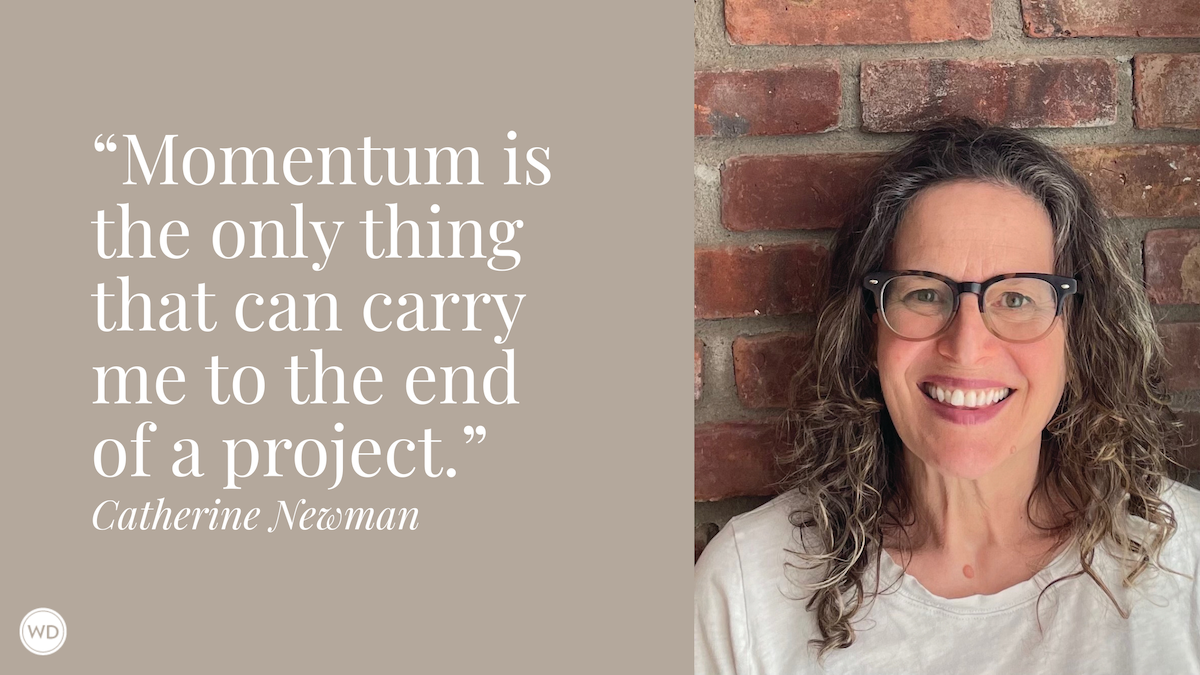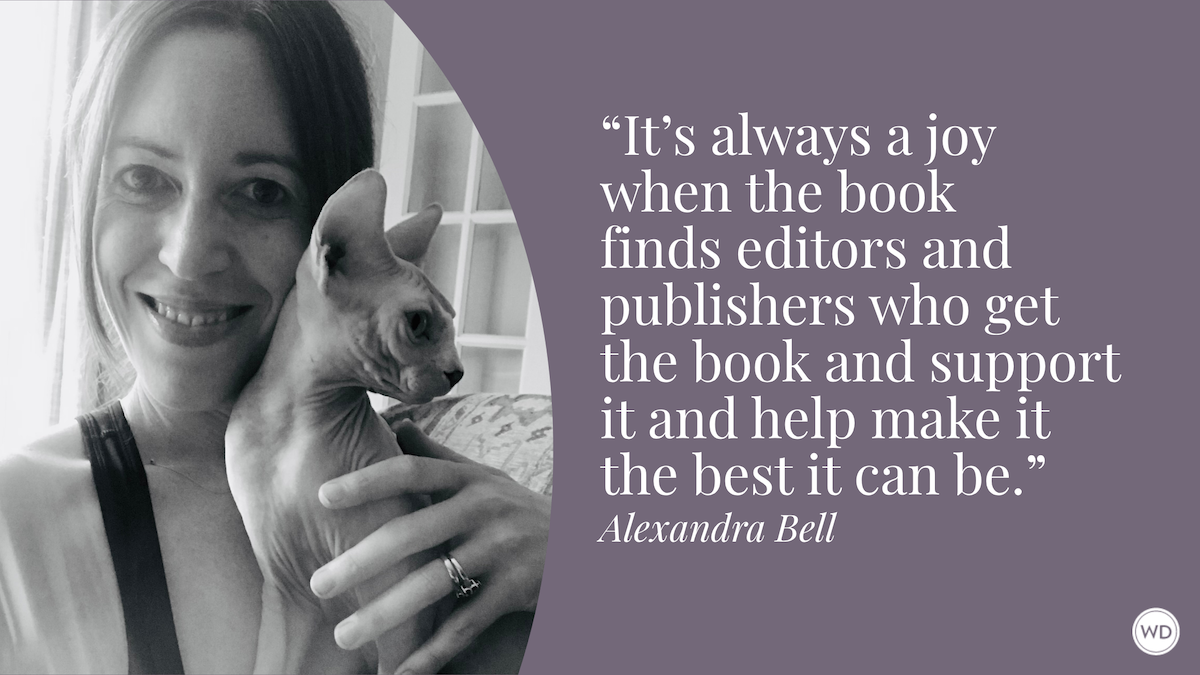6 Lessons Hemingway (& Others) Can Teach Us About Being a Writer
The lives and lifestyles of legendary writers can teach us all some crucial lessons about platform and self-branding today.
It’s hard to imagine Ernest Hemingway sitting down at his desk every morning to tweet and blog before, say, diving into a new chapter of The Sun Also Rises. … Or is it? While such a revered author seems as if he would have been far above joining the social media scrum of pet photos and one-liners about Miley Cyrus’ latest antics, he did have a good handle (for a mid-20th-century guy) on what we now call “self-branding.” Hemingway—and many other writers known as much for their personas as for their books—knew how to present the kind of image that makes a lasting impression. It’s not a stretch to envision exactly what we’d see on @papahem’s Instagram (pics of him and F. Scott Fitzgerald tying one on at a Gertrude Stein party, perhaps?). And his famously terse style would have made him an ace on Twitter.
Here are six lessons Hemingway and the other all-time greats can teach us about the modern concept of personal branding.
This gust post is by Jennifer Keishin Armstrong, who spent a decade on staff at Entertainment Weekly, co-founded SexyFeminist.com, and now writes for several publications, including Glamour; O, The Oprah Magazine; Fast Company; and New York’s Vulture.com. Her history of “The Mary Tyler Moore Show,” Mary and Lou and Rhoda and Ted, was published in May.
1. Know what your individual writing style says about you, and lean into that.
Hemingway’s writing is characterized as no-nonsense and muscular (The New York Times’ 1926 review of The Sun Also Rises called his style “a lean, hard, athletic narrative prose that puts more literary English to shame”), traits that mirrored his image as the ultimate masculine scribe. (In real life, he was known to respond to criticism with a good old-fashioned punch, and to fish with a machine gun to scare away tuna-eating sharks.) The takeaway for post-Millennium writers? Be yourself, on the page and off. Embrace that persona, and be consistent. If you’re funny in your prose, use humor in your blog posts, social media updates, presentations, readings—everywhere you’re presenting your public image. Same goes for the serious, laid-back, brassy, girly or gruff.
2. Throw great gatherings.
Gertrude Stein was known as much for her Paris literary salons, which included such guests as Hemingway and Ezra Pound, as she was for her unique prose. Gatherings are how you make connections and become known among your peers, who will in turn help promote you and your work. But you don’t need a great Parisian pad to pull it off. A modern-day Stein could organize regular readings with talented colleagues, plan meet-ups at conferences, or host impromptu Twitter discussions or Google Hangouts with fellow authors—anything that puts you in great company.
3. Live your work.
Fitzgerald and his subject matter were one and the same, and he was famous for it: He won uppercrust wife Zelda’s heart by becoming a literary success (shades of Gatsby), and the two became notorious for their partying ways (shades of all of Fitzgerald’s work). In today’s terms, that means that if you write books about seeking spirituality, you should be blogging about your week spent at an ashram or your month on silent retreat; if you write about socialites, post social media updates live from the Upper East Side soirées you frequent. (Just don’t take it all too far: Fitzgerald’s success allowed him to marry the woman he loved, but it also eventually drove him to alcoholism, debt and an early death.)
4. Be witty.
Dorothy Parker’s quotes (“If you want to know what God thinks of money, just look at the people he gave it to”) are popular Tumblr memes for a reason. She sharpened her wit, and helped her words go “viral” by hanging with other writers at the Algonquin Round Table—where her colleagues heard her bon mots and then passed them on via their own writing in The New Yorker and other publications. These days, being like Parker is easier than ever: Simply broadcast your own witticisms—and make sure the right people see them and share them. Cultivate a following by retweeting, complimenting, tagging and otherwise engaging with names both great and small.
5. Corner a market.
In early 19th-century England, Jane Austen wrote about the personal struggles of women on the lower end of the landed gentry—essentially upper-middle-class ladies—like no one else. By doing so, she distinguished her work, the legacy of which would only grow with time, translating surprisingly well to modern-day formats (Clueless and Bridget Jones’s Diary are among the many contemporary takes on Austen). If you become a go-to source for stories (real or fictional) about a specific time, place, class or social group, your following may be large or small—but it will be loyal. The readers who devour your work will be enthusiasts who talk it up to friends online and in real life.
For a limited time get 14 great fiction writing
resources for one amazingly low price.
A $480.99 value now for $99
Click here to Order Now >>
6. Make yourself scarce.
Then again, on the flip side to all this, becoming a mysterious recluse has its privileges, as J.D. Salinger proved. … Of course, this approach requires that you first write a novel as brilliant as The Catcher in the Rye. Do that, and you’re free to sign off of all social media and swear off interviews, thus cultivating your mythic persona.
For the rest of us, though, there’s always Twitter.
Thanks for visiting The Writer’s Dig blog. For more great writing advice, click here.
The Writer's Dig is edited by Brian A. Klems. the online editor of Writer’s Digest and author of the popular gift bookOh Boy, You’re Having a Girl: A Dad’s Survival Guide to Raising Daughters.
Follow Brian on Twitter: @BrianKlems
Sign up for Brian’s free Writer’s Digest eNewsletter: WD Newsletter









